Causes of Multi-Mechanism Abnormal Formation Pressure in Offshore Oil and Gas Wells
Abstract
1. Introduction
2. Mechanisms of Abnormal Formation Pressure
- 1.
- Primary Sedimentary Loading Mechanism—Undercompaction
- 2.
- Reloading Mechanism—Tectonic Activity
- 3.
- Unloading Mechanism—Pore Fluid Expansion
- a.
- Hydrocarbon Generation and Thermal Cracking of Hydrocarbons
- b.
- Transformation from Montmorillonite to Illite
- c.
- Transformation from Gypsum to Anhydrite
- 4.
- Minimal Change in Porosity
2.1. Data Collection for the Target Work Area
- (1)
- Basic Data
- (2)
- Logging Data
- (3)
- Seismic Data
2.2. Data Sorting and Analysis
- (1)
- Undercompaction: Rapid sedimentation may not allow for proper compaction, resulting in higher porosity and lower density. P wave velocity and resistivity can reflect porosity to some extent; thus, lower velocity and higher resistivity may indicate undercompaction. This corresponds to the lower value area along the normal trend line in the velocity–density cross-plot.
- (2)
- Tectonic Compression: Additional compaction beyond that due to the sedimentary one lead to overcompaction, where pores are compressed and fractures are closed, resulting in increased P wave velocity (reduced resistivity, decreased porosity), though density increases only slightly. Mudstone diapirism, differs in the direction of compression compared to expected tectonic offset and transport. This corresponds to the higher value area along the normal trend line in the velocity–density cross-plot, similar to an inverse unloading line.
- (3)
- Fluid Expansion: Including hydrothermal pressurization and hydrocarbon generation (oil and gas). On the basis of normal sedimentary compaction, the rock volume is expanded by fluids, reducing P wave velocity (increasing resistivity), though density changes slightly. The temperature relative to the normal geothermal gradient is higher. Pressure changes caused by hydrothermal pressurization can be quantified by the thermal expansion coefficient of water. Structural compression can be seen as overloading, while fluid expansion as unloading. This corresponds to the lower velocity value area along the normal trend line in the velocity–density cross-plot, positioned on the unloading line.
3. Methods for Determining Causes of Abnormal Formation Pressure
3.1. Mining Similar Abnormal Pressure Mechanism Samples Based on Cluster Analysis
3.1.1. Classifying Different Pressure Mechanism Sample Groups Based on Normal Trend Lines
3.1.2. Establishing a Cause Mechanism Identification Model Based on BO-LightGBM
- (1)
- Learning Rate and Early Stopping: LightGBM allows users to set learning rates and early stopping strategies to control the training process, limiting each weak learner’s contribution and avoiding overfitting.
- (2)
- Feature Parallelization and Histogram Compression: LightGBM employs feature parallelization and histogram compression techniques, enhancing training speed and memory efficiency.
- (3)
- Leaf-Wise Growth Strategy: LightGBM uses a leaf-wise growth strategy, splitting the leaf with the largest gradient each time, focusing on samples with larger gradients and accelerating learning.
- (4)
- Depth-Limited Decision Trees: LightGBM uses depth-limited decision trees to reduce memory consumption and model complexity.
- (5)
- Parallel Learning and Cache Optimization: LightGBM increases training efficiency through parallel learning and cache optimization, updating multiple leaf nodes’ statistics simultaneously and reducing data reads.
3.1.3. Calculating Overlapping Weight Relationships Based on the Identification Results of Abnormal Pressure Mechanisms
4. Analysis of Abnormal Formation Pressure Mechanisms
5. Conclusions
- (1)
- In the Rio Del Rey Basin in Cameroon, a meticulous data collection process was conducted on three wells, successfully extracting critical logging parameters such as well depth, acoustic velocity, density, resistivity, and natural gamma. These features are essential for discerning the mechanisms behind abnormal formation pressures and have been rigorously analyzed to ensure their utility in subsequent analytical models.
- (2)
- A pioneering analytical methodology was developed, combining hierarchical clustering with the powerful predictive capabilities of the LightGBM algorithm. This hybrid approach was further refined through Bayesian optimization, achieving an impressive model accuracy of 0.942. This advancement does not only enhances the accuracy of abnormal formation pressure cause identification but also underscores the potential of integrating sophisticated computational techniques with geophysical analysis.
- (3)
- The study delved into a quantitative analysis of the abnormal formation pressure causes in the #A, #B, and #C wells, revealing that the undercompaction mechanism predominates, with approximately 70%. Fluid expansion and shale diapirism were allocated 10% and 20%, respectively, offering a granular breakdown of the contributing factors to the overpressure phenomena within the basin.
- (4)
- The findings underscore the multifaceted nature of overpressure mechanisms in sedimentary basins, advocating for a comprehensive approach to their analysis. The methodology presented is readily adaptable to other geological contexts, suggesting avenues for future research that may include expanded data sets, additional machine learning algorithms, and broader stratigraphic evaluations to consolidate the model’s forecasting robustness.
- (5)
- The research culminates in a significant contribution to geophysical analysis, particularly in identifying the causes of abnormal formation pressures with higher precision. The synergistic application of hierarchical clustering, machine learning, and Bayesian optimization has been demonstrated as an effective strategy for enhancing the accuracy of geological interpretations, providing valuable insights for hydrocarbon exploration and contributing to the strategic planning of production activities in analogous geological settings.
Author Contributions
Funding
Data Availability Statement
Conflicts of Interest
References
- Swarbrick, R. Review of pore-pressure prediction challenges in high-temperature areas. Lead. Edge 2012, 31, 1288–1294. [Google Scholar] [CrossRef]
- Ugwu, G.Z. An overview of pore pressure prediction using seismicallyderived velocities. J. Geol. Min. Res. 2015, 7, 31–40. [Google Scholar]
- Teige, G.M.G.; Hermanrud, C.; Wensaas, L.; Bolas, H.N. The lack of relationship between overpressure and porosity in North Sea and Haltenbanken shales. Mar. Pet. Geol. 1999, 16, 321–335. [Google Scholar] [CrossRef]
- Bowers, G.L. Determining an appropriate pore-pressure estimation strategy. In Proceedings of the Offshore Technology Conference, OTC, Houston, TX, USA, 30 April–3 May 2001. [Google Scholar]
- Zhi, Y.; Honghai, F.; Gang, L.; Yunlong, W. Estimating formation pore pressure in tectonic compression zones. Pet. Sci. Technol. 2012, 30, 766–774. [Google Scholar] [CrossRef]
- Zhang, F.; Lu, X.; Botterill, S.; Gingras, M.; Zhuo, Q.; Zhong, H. Horizontal tectonic stress as a cause of overpressure in the southern margin of the Junggar Basin, northwest China. J. Pet. Sci. Eng. 2021, 205, 108861. [Google Scholar] [CrossRef]
- Tao, Z.; Fan, H.; Liu, Y.; Zhou, F.; Chen, Y. Carbonate Formation Pressure Prediction Method Based on Machine Learning. In Proceedings of the ARMA/DGS/SEG International Geomechanics Symposium, ARMA, Al Khobar, Saudi Arabia, 30 October–2 November 2023. [Google Scholar]
- Guo, S.; Wang, Q.; Li, H. A Review of Pore Pressure Prediction Methods for Deepwater Oil and Gas Exploration. J. Pet. Sci. Eng. 2022, 215, 110559. [Google Scholar]
- Ai, N.; Chen, Z.; Liu, H. Machine Learning Approaches for Predicting Abnormal Pressure in Complex Geological Environments. Appl. Sci. 2023, 13, 2258. [Google Scholar]
- Chen, X.; Li, Y.; Wang, J. Predicting Pore Pressure Using Support Vector Machines and Neural Networks in Complex Geological Settings. J. Pet. Explor. Prod. Technol. 2023, 13, 375–388. [Google Scholar]
- Liu, J.; Zhang, H.; Yang, Y. Deep Learning Techniques for Analyzing Logging Data and Predicting Abnormal Pressure Conditions. J. Nat. Gas Sci. Eng. 2023, 110, 104431. [Google Scholar]
- Li, H.; Guo, S.; Wang, Q. Hydrocarbon Generation and Its Impact on Formation Pressure in Source Rocks. Pet. Explor. Dev. 2022, 49, 943–955. [Google Scholar]
- Fan, H.; Zhai, J.; Wang, T. Classifying Abnormal Formation Pressures: Mechanisms and Applications. Pet. Sci. Technol. 2017, 35, 177–186. [Google Scholar]
- Deng, S.; Fan, H.; Liu, Y.; He, Y.; Zhang, S.; Yang, J.; Fu, L. Two innovative pore pressure calculation methods for shallow deep-water formations. J. Appl. Geophys. 2017, 146, 208–213. [Google Scholar] [CrossRef]
- Pop, J.; Laastad, H.; Eriksen, K.O.; O’Keefe, M.; Follini, J.M.; Dahle, T. Operational Aspects of Formation Pressure Measurements While Drilling. In Proceedings of the SPE/IADC Drilling Conference and Exhibition, Amsterdam, The Netherlands, 23–25 February 2005. [Google Scholar]
- Deng, S.; Fan, H.; Zhou, Y.; Zhang, M.; Liu, J.; Niu, J. Pore Pressure Calculation Method for Deepwater Shallow Layers with Log Data. In Proceedings of the Offshore Technology Conference, Houston, TX, USA, 4–7 May 2015. [Google Scholar]
- Yin, Q.; Yang, J.; Tyagi, M.; Zhou, X.; Hou, X.; Wang, N.; Cao, B. Machine learning for deepwater drilling: Gas-kick-alarm Classification using pilot-scale rig data with combined surface-riser-downhole monitoring. SPE J. 2021, 26, 1773–1799. [Google Scholar] [CrossRef]
- Meister, M.; Lee, J.; Krueger, V.; Georgi, D.; Chemali, R. Formation pressure testing during drilling: Challenges and benefits. In Proceedings of the SPE Annual Technical Conference and Exhibition, Denver, CO, USA, 5–8 October 2003. [Google Scholar]
- Yang, J.; Fu, C.; Liu, S.; Zhang, W.; Xie, R.; Wu, Y. Key technological innovation and practice of well construction in ultra-deepwater shallow formations. Acta Pet. Sin. 2022, 43, 1500–1508. [Google Scholar]
- Meister, M.; Buysch, A.; Pragt, J.; Lee, C.; Lee, J. Lessons Learned from Formation Pressure Measurements While Drilling. In Proceedings of the SPWLA Annual Logging Symposium, Noordwijk, The Netherlands, 6–9 June 2004. [Google Scholar]
- Yang, J.; Wu, S.; Tong, G.; Wang, H.; Guo, Y.; Zhang, W.; Zhao, S.; Song, Y.; Yin, Q.; Xu, F. Acoustic prediction and risk evaluation of shallow gas in deep-water areas. J. Ocean Univ. China 2022, 21, 1147–1153. [Google Scholar] [CrossRef]
- Yin, Q.; Yang, J.; Borujeni, A.T.; Shi, S.; Sun, T.; Yang, Y.; Zhao, X. Intelligent Early Kick Detection in Ultra-Deepwater High-Temperature High-Pressure (HPHT) Wells Based on Big Data Technology. In Proceedings of the 29th International Ocean and Polar Engineering Conference, Honolulu, HI, USA, 16–21 June 2019. [Google Scholar]
- Ma, T.; Chen, P.; Han, X. Simulation and interpretation of the pressure response for formation testing while drilling. J. Nat. Gas Sci. Eng. 2015, 23, 259–271. [Google Scholar] [CrossRef]
- Hu, Z.; Yang, J.; Li, W.; Li, S.; Feng, P.; Xin, Y. Research and development of compressible foam for pressure management in casing annulus of deepwater wells. J. Pet. Sci. Eng. 2018, 166, 546–560. [Google Scholar] [CrossRef]
- Abimbola, M.; Khan, F.; Khakzad, N.; Butt, S. Safety and risk analysis of managed pressure drilling operation using Bayesian network. Saf. Sci. 2015, 76, 133–144. [Google Scholar] [CrossRef]
- Yin, Q.; Yang, J.; Tyagi, M.; Zhou, X.; Wang, N.; Tong, G.; Xie, R.; Liu, H.; Cao, B. Downhole quantitative evaluation of gas kick during deepwater drilling with deep learning using pilot-scale rig data. J. Pet. Sci. Eng. 2022, 208, 109136. [Google Scholar] [CrossRef]
- Zhang, Y.; Liu, S.; Zhang, F. Identification of overpressure mechanisms in sedimentary basins. J. Nat. Gas Sci. Eng. 2016, 36, 1184–1196. [Google Scholar]
- Zhang, Y.; Liu, S.; Zhang, F. Mechanisms and Implications of Undercompaction in Sedimentary Basins. J. Nat. Gas Sci. Eng. 2021, 92, 103899. [Google Scholar]

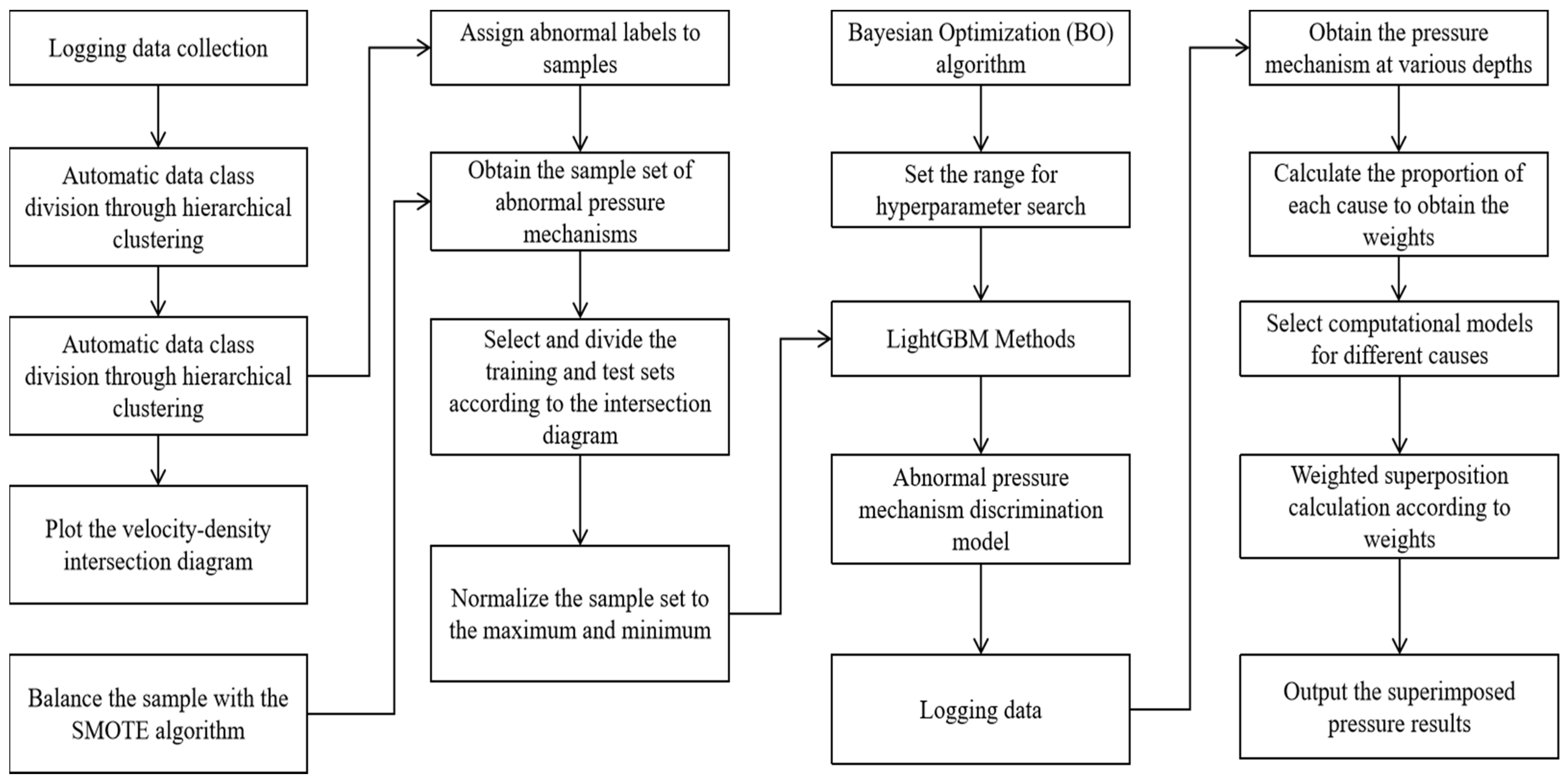


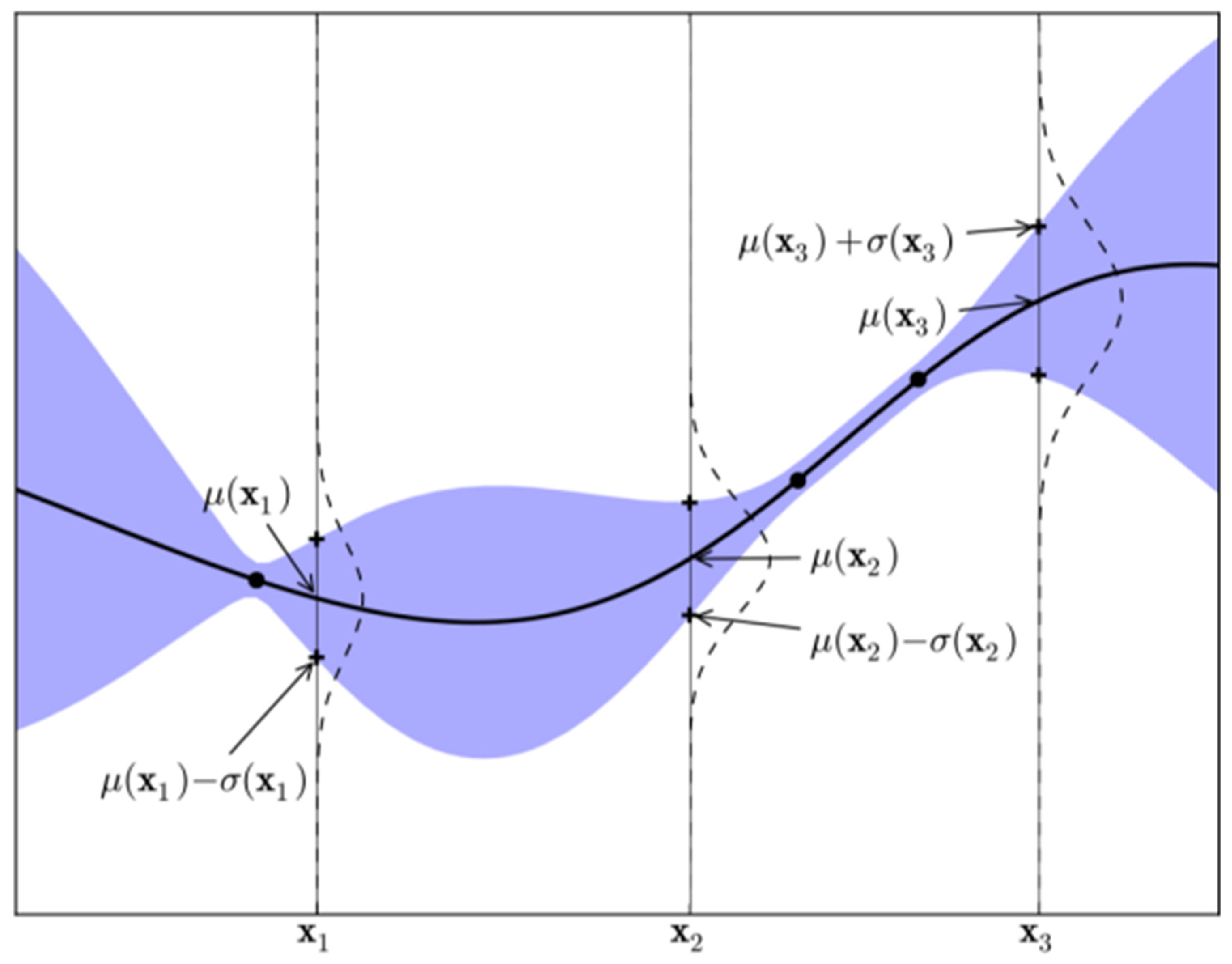
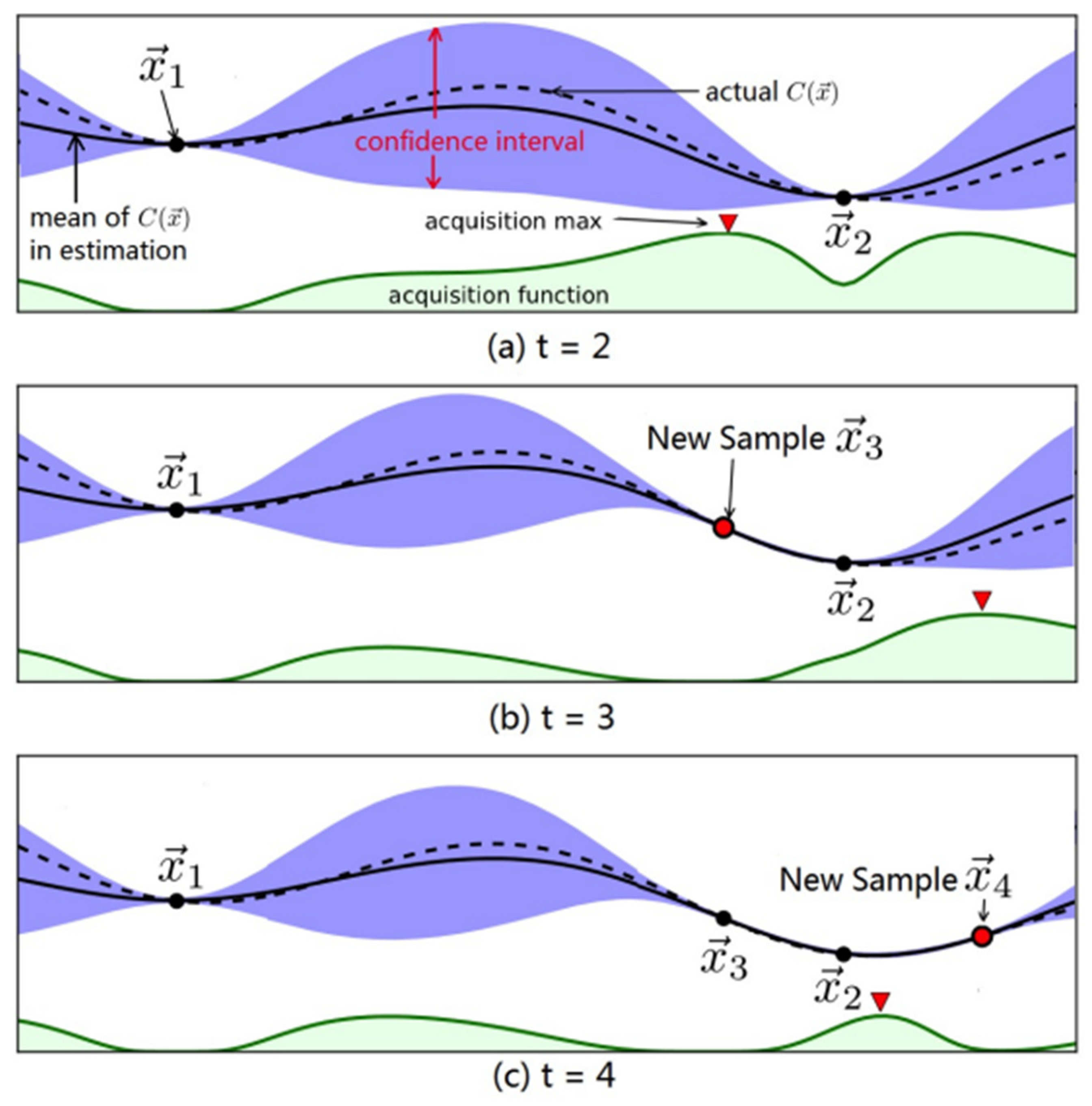
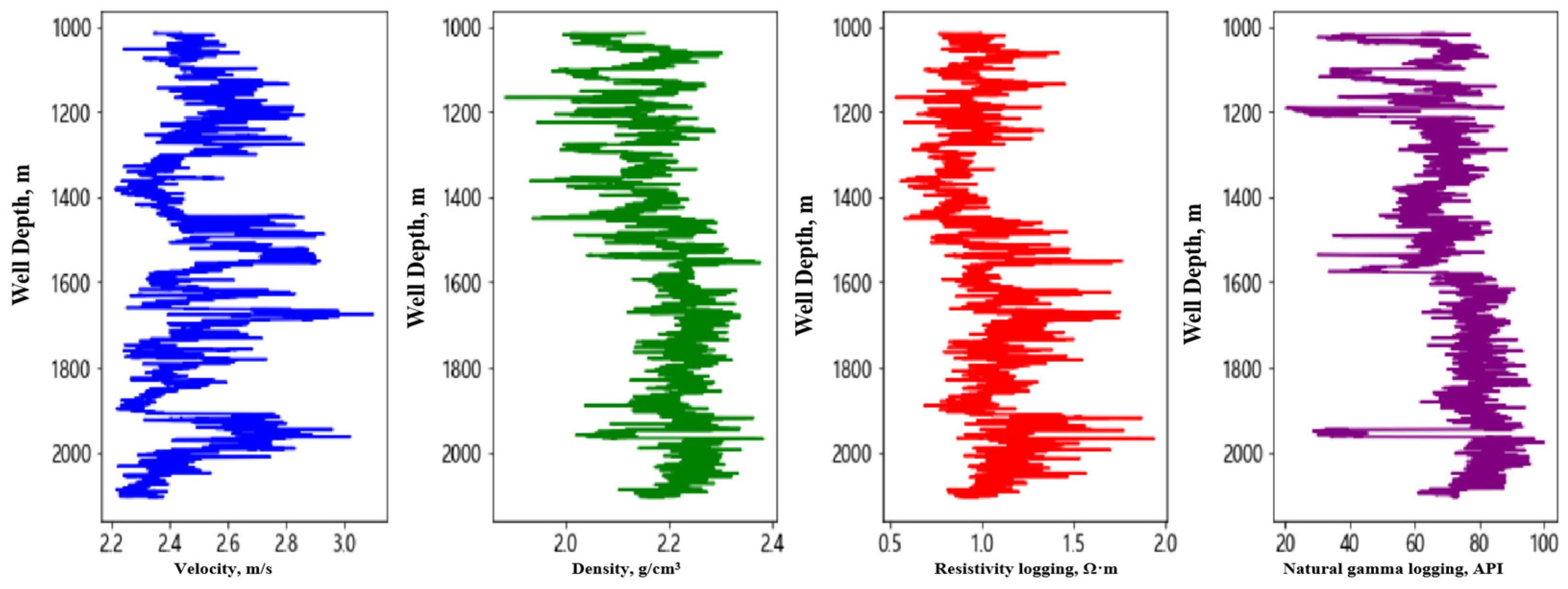


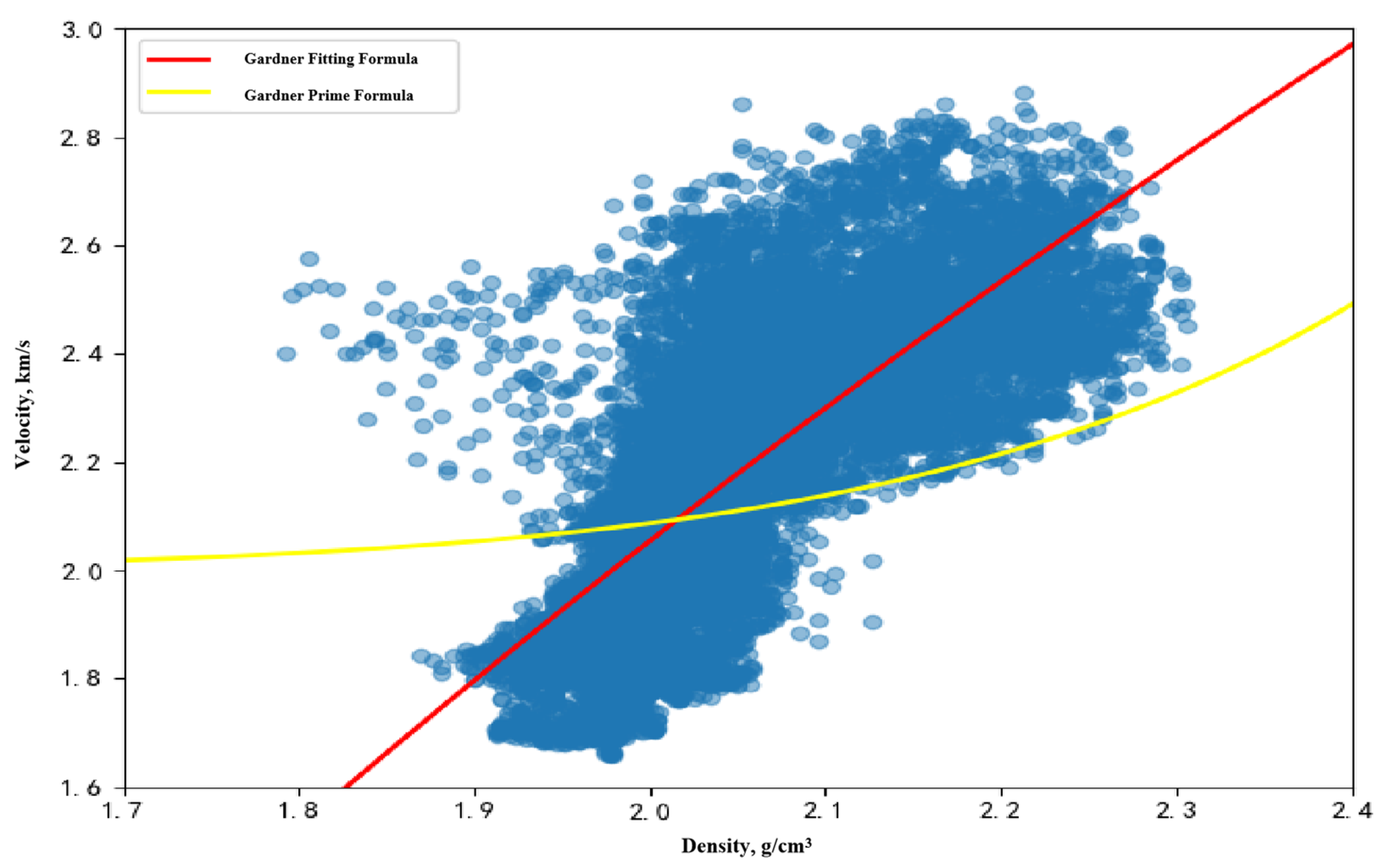

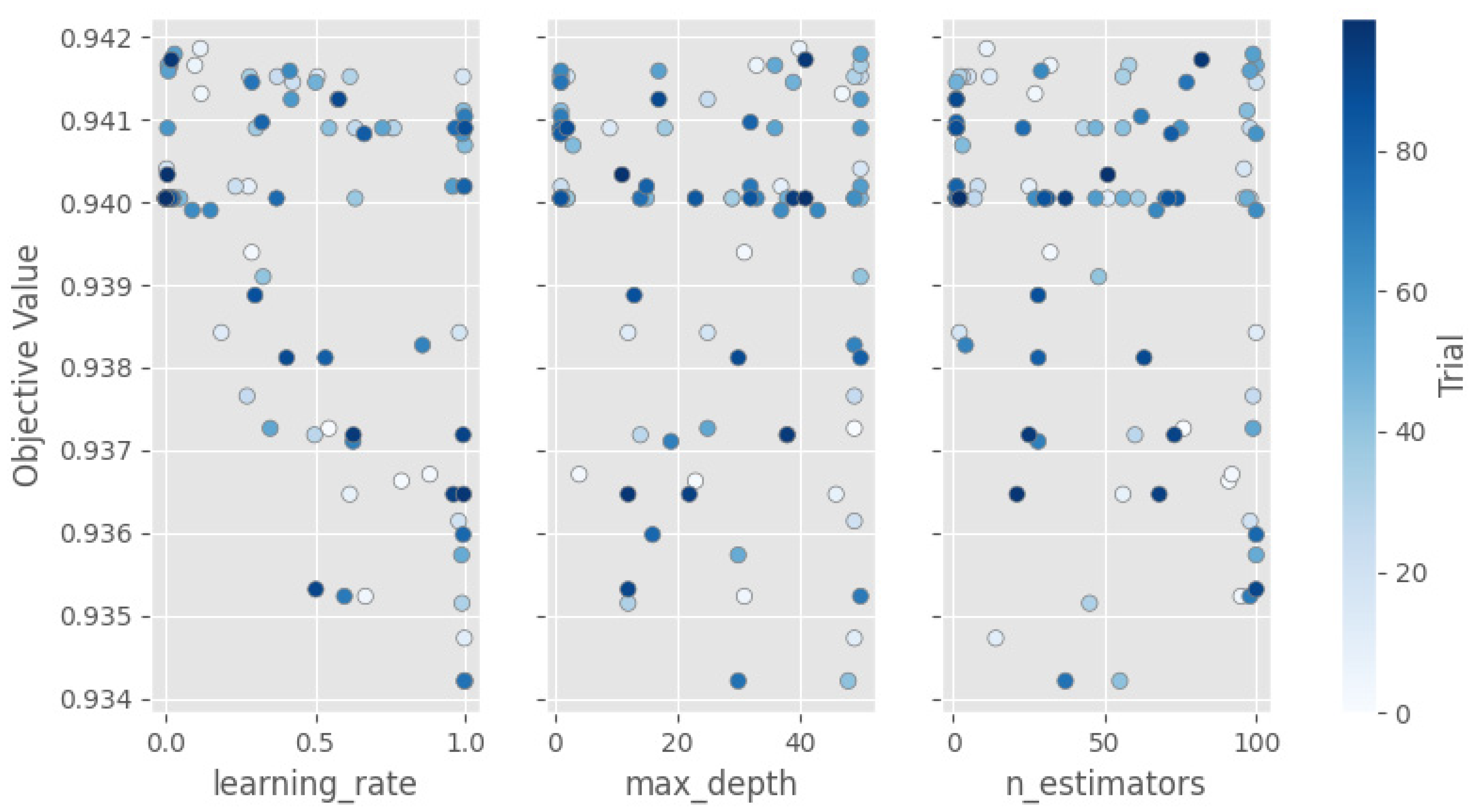
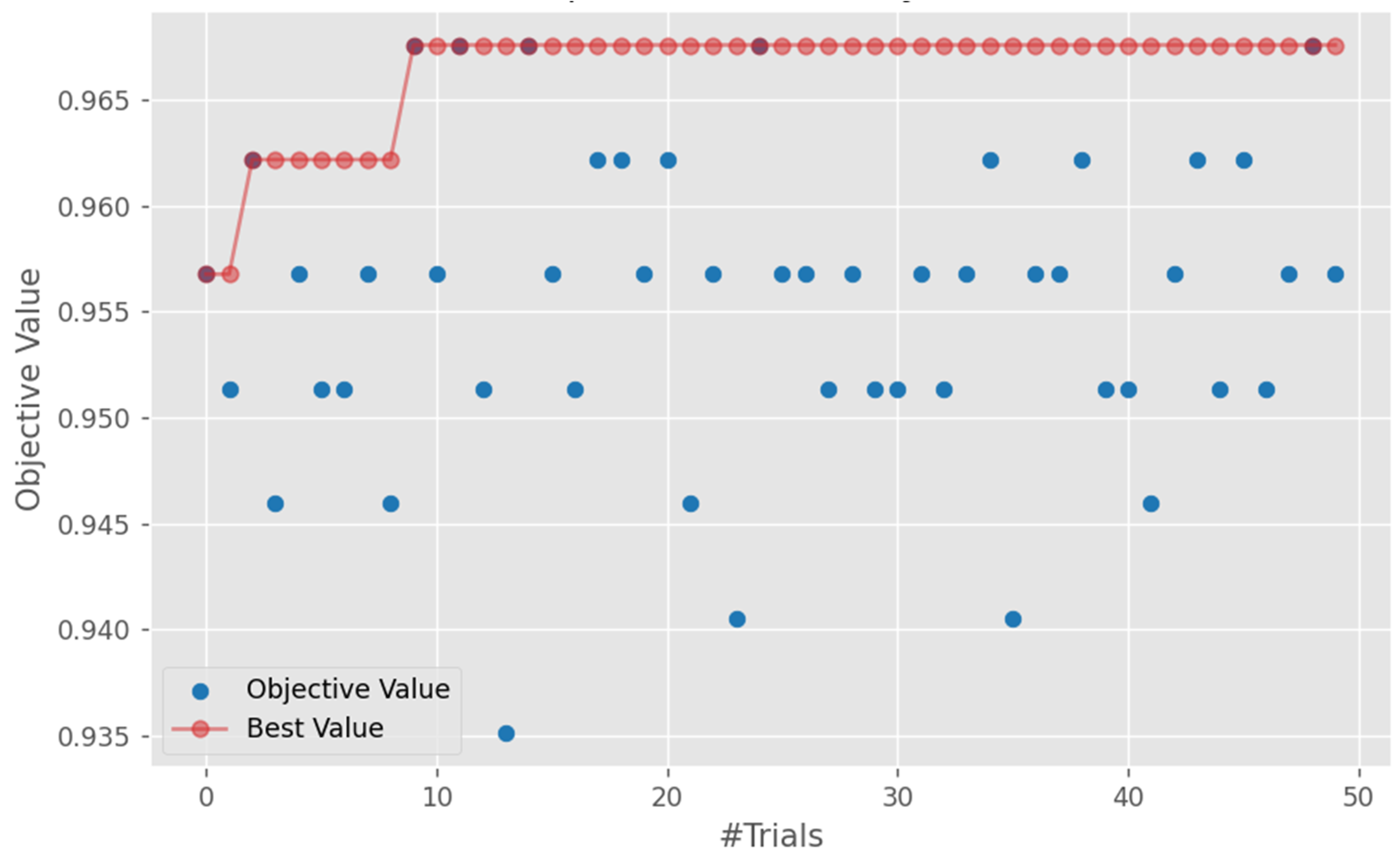

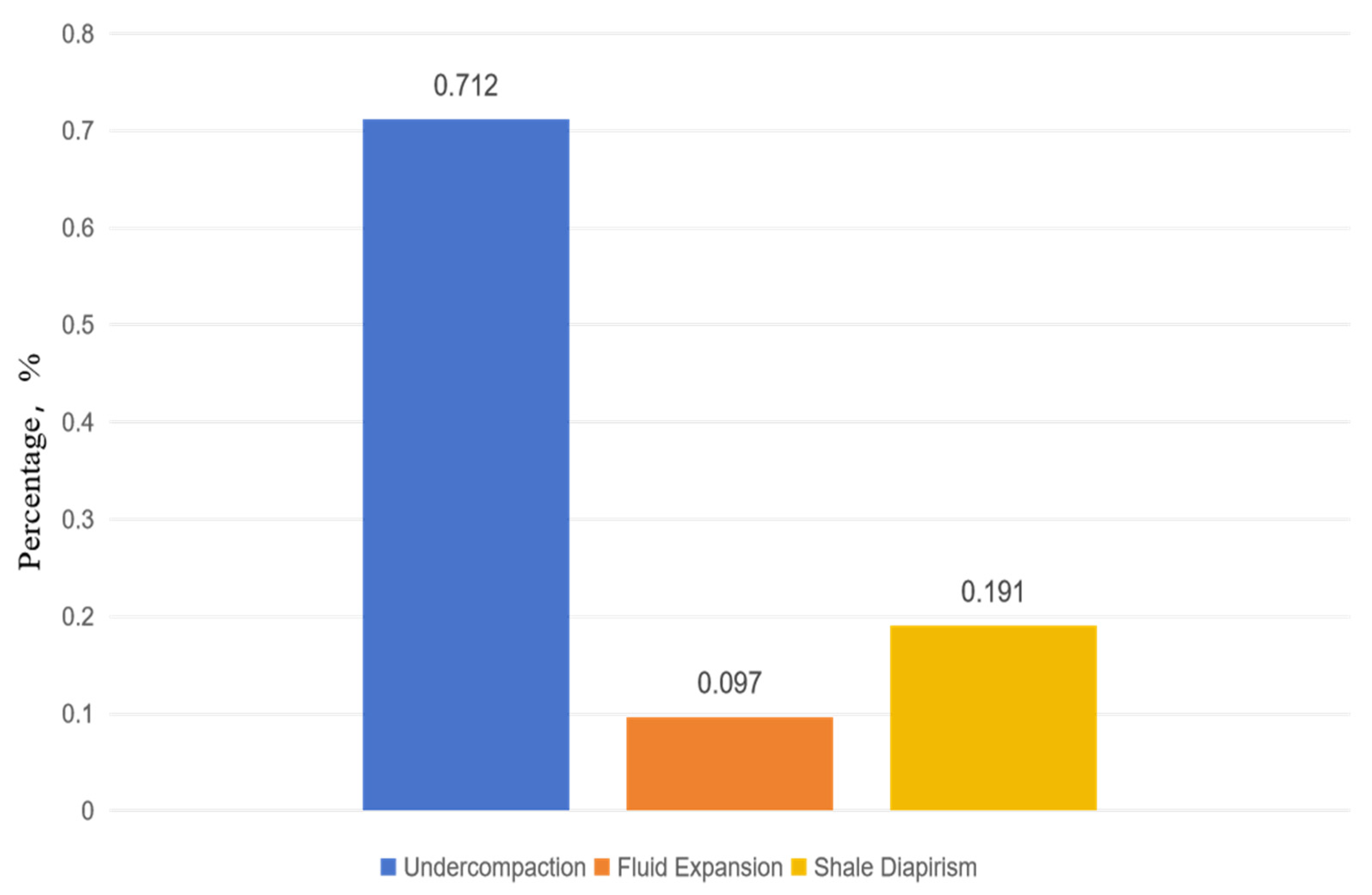
| Well Number | Stratum | Undercompaction Mechanism Weight | Hydrothermal Pressurization Mechanism Weight | Shale Diapirism Mechanism Weight |
|---|---|---|---|---|
| #A | S1 | 79.25% | 11.64% | 9.12% |
| M2 | 69.52% | 2.14% | 28.34% | |
| S2 | 72.05% | 8.7% | 19.25% | |
| M3 | 79.43% | 10.64% | 9.93% | |
| S3 | 75.92% | 8.38% | 15.71% | |
| S4 | 83.9% | 4.57% | 11.53% | |
| M5 | 70.67% | 8.03% | 21.3% | |
| S5 | 73.81% | 10.95% | 15.24% |
Disclaimer/Publisher’s Note: The statements, opinions and data contained in all publications are solely those of the individual author(s) and contributor(s) and not of MDPI and/or the editor(s). MDPI and/or the editor(s) disclaim responsibility for any injury to people or property resulting from any ideas, methods, instructions or products referred to in the content. |
© 2024 by the authors. Licensee MDPI, Basel, Switzerland. This article is an open access article distributed under the terms and conditions of the Creative Commons Attribution (CC BY) license (https://creativecommons.org/licenses/by/4.0/).
Share and Cite
Xu, Y.; Yang, J.; Hu, Z.; Zhao, Q.; Li, L.; Yin, Q. Causes of Multi-Mechanism Abnormal Formation Pressure in Offshore Oil and Gas Wells. Appl. Sci. 2024, 14, 10149. https://doi.org/10.3390/app142210149
Xu Y, Yang J, Hu Z, Zhao Q, Li L, Yin Q. Causes of Multi-Mechanism Abnormal Formation Pressure in Offshore Oil and Gas Wells. Applied Sciences. 2024; 14(22):10149. https://doi.org/10.3390/app142210149
Chicago/Turabian StyleXu, Yang, Jin Yang, Zhiqiang Hu, Quanmin Zhao, Lei Li, and Qishuai Yin. 2024. "Causes of Multi-Mechanism Abnormal Formation Pressure in Offshore Oil and Gas Wells" Applied Sciences 14, no. 22: 10149. https://doi.org/10.3390/app142210149
APA StyleXu, Y., Yang, J., Hu, Z., Zhao, Q., Li, L., & Yin, Q. (2024). Causes of Multi-Mechanism Abnormal Formation Pressure in Offshore Oil and Gas Wells. Applied Sciences, 14(22), 10149. https://doi.org/10.3390/app142210149






